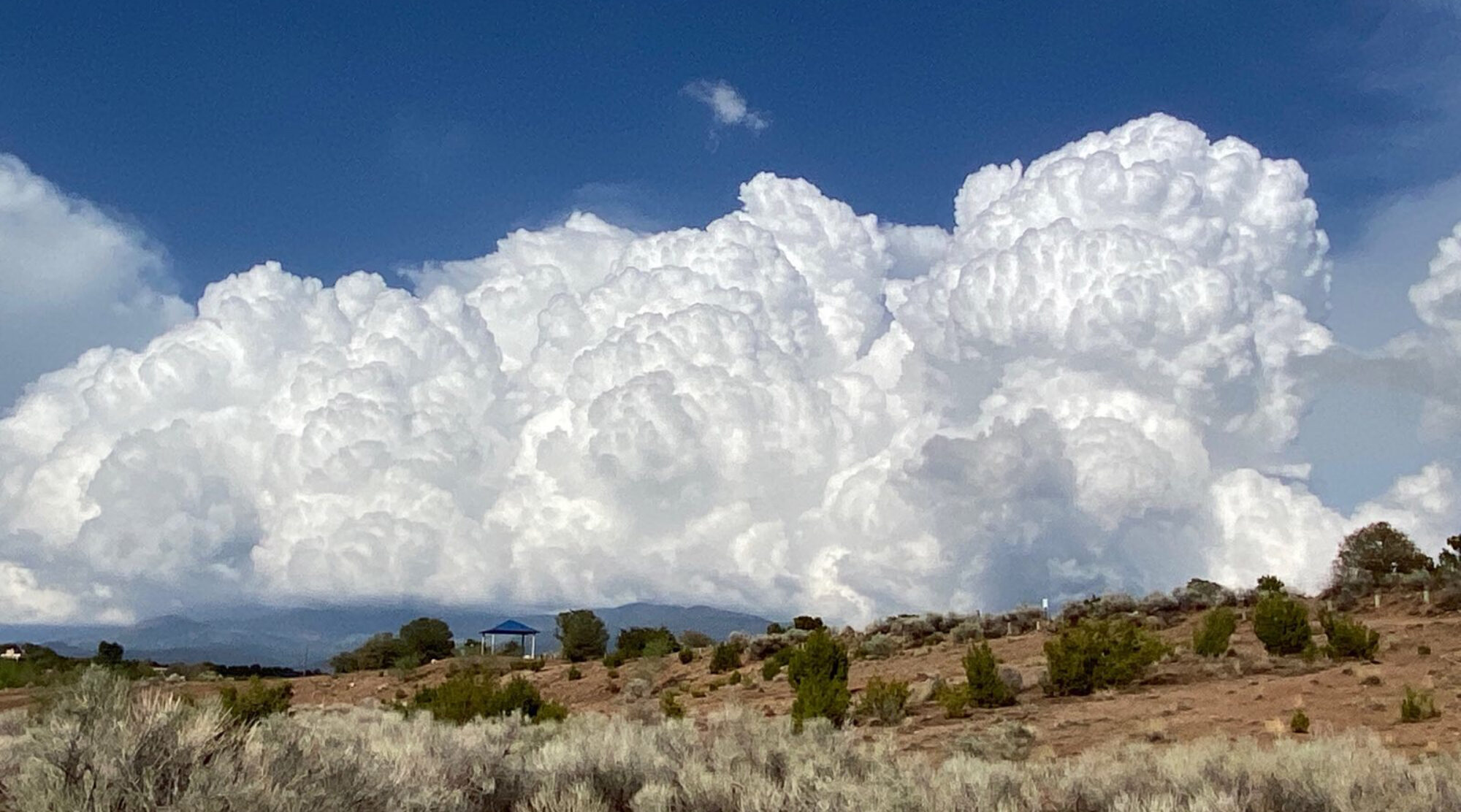Re-posted from TravelSquire:
Low and Slow in Santa Fe
If you’re in Santa Fe before March 5th, “Lowriders, Hopper and Hot Rods” is a must-see show at the New Mexico History Museum. The dramatic exhibition is darkly staged in a new section of the historic Governors Palace, built in 1609, and includes photos, memorabilia and 2 stunning lowrider autos. Lowrider cars have come into their own as a symbol of Hispanic (and especially New Mexican) cultural identity. Because of the size of the cars, entire families could enjoy a ride, moving at a slow and ceremonial pace much like a parade float or a religious procession. Also in this show are oral histories from community members that provide insight into the history and importance of the lowrider to the family.

Fred Rael in “Boulevard Legend,” a 1964 Chevrolet, Española, 2003. Photo by Jim Arndt.
The curator Daniel Kosharek contacted photographers to build the show; the result: contributions from over 30 of them who documented the lowrider community in its heyday from the 1970’s to the 90’s. And for the car geek in everyone there are hood ornaments, car models, even a “hopper” scale that measures how high the front end of a lowrider can rise or “hop” (that would be up to 9 feet).
Says Kosharek: “This exhibit could not have happened without the support of the lowrider community, best demonstrated by last year’s lowrider parade and car show on the Santa Fe Plaza in May. We had 130 cars registered for the event filling all available slots. On the day of the event over 4,000 people crowded the plaza and parade route”.
The city of Espanola, 30 miles north of Santa Fe, lays claim to the title of lowrider capital of the world. New Mexico even had its’s own magazine “Orlies Lowriding Magazine”, published by the “Godfather of Hydraulics” Orlie Coca. In homage to his Southern California roots, the magazine covers sported babes in bikinis leaning on dazzling lowriders in the unmistakable New Mexican desert.

San Gabriel Park, Albuquerque, 1983. Photo©Ken Brubriski
Distinctly low tech, early low riders achieved their weighed down look by storing bags of concrete or sand in the trunk. But learning from their California cousins in the post war aviation industry, the New Mexican relations adapted aircraft hydraulics to cars turning them into the polar opposite of an airplane – something low and slow. To get around laws that dictated that no car part be lower than the bottom of the wheel rim, the ingenious creators adjusted the height of a car at a flick of a switch. Following suit, frame adaptations, creative custom treatments like see through hoods, dissected roofs, tiny chain link steering wheels and eye popping painting techniques contributed to the distinctive lowrider style.

1963 Chevrolet Impala, Owner Lee Cordova of Alcalde, NM, 1998. Photo©Jack Parsons
A lowrider is more than a driving machine; it’s a plush family living room on wheels, a painted memorial, or an auto-robot that heeds commands to “dance” and “hop”. They are always however, a symbol of familial devotion. Some boys received their first car to work on at age 12, with the nuclear and extended family working together to make it a community project.
As proof of its broader stature and importance to American culture, one lowrider, “Dave’s Dream”, was acquired by the Smithsonian Museum. The car journeyed to D.C. but was blessed first with family and museum curators in attendance at the famous El Santuario De Chimayó, a popular pilgrimage site and national landmark in Chimayó, New Mexico. Include this experience on your visit and you might just see a real lowrider that made the pilgrimage too. As with any proud traveler, it’s a tradition to photograph the lowrider in front of the church after it arrives.

